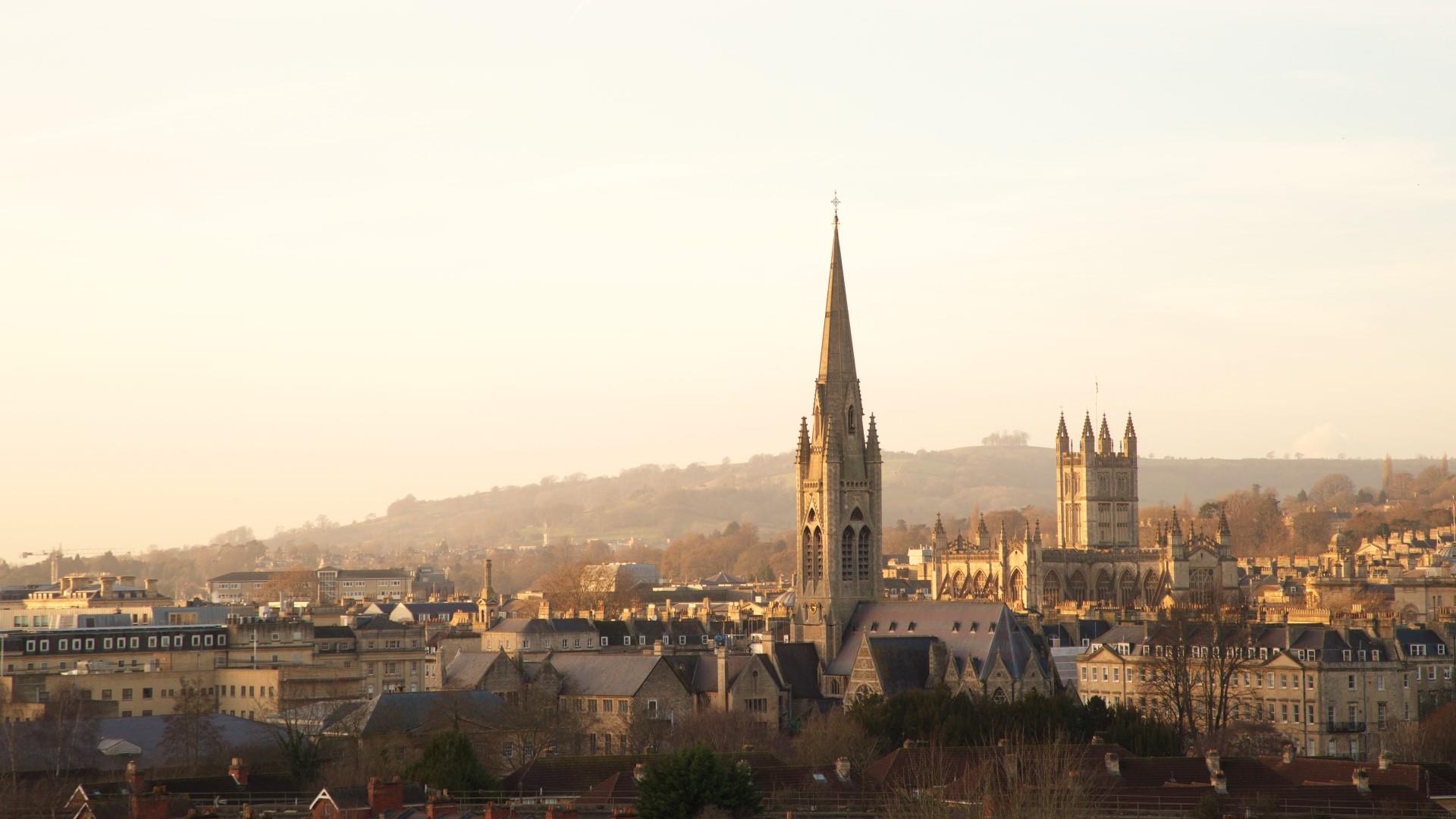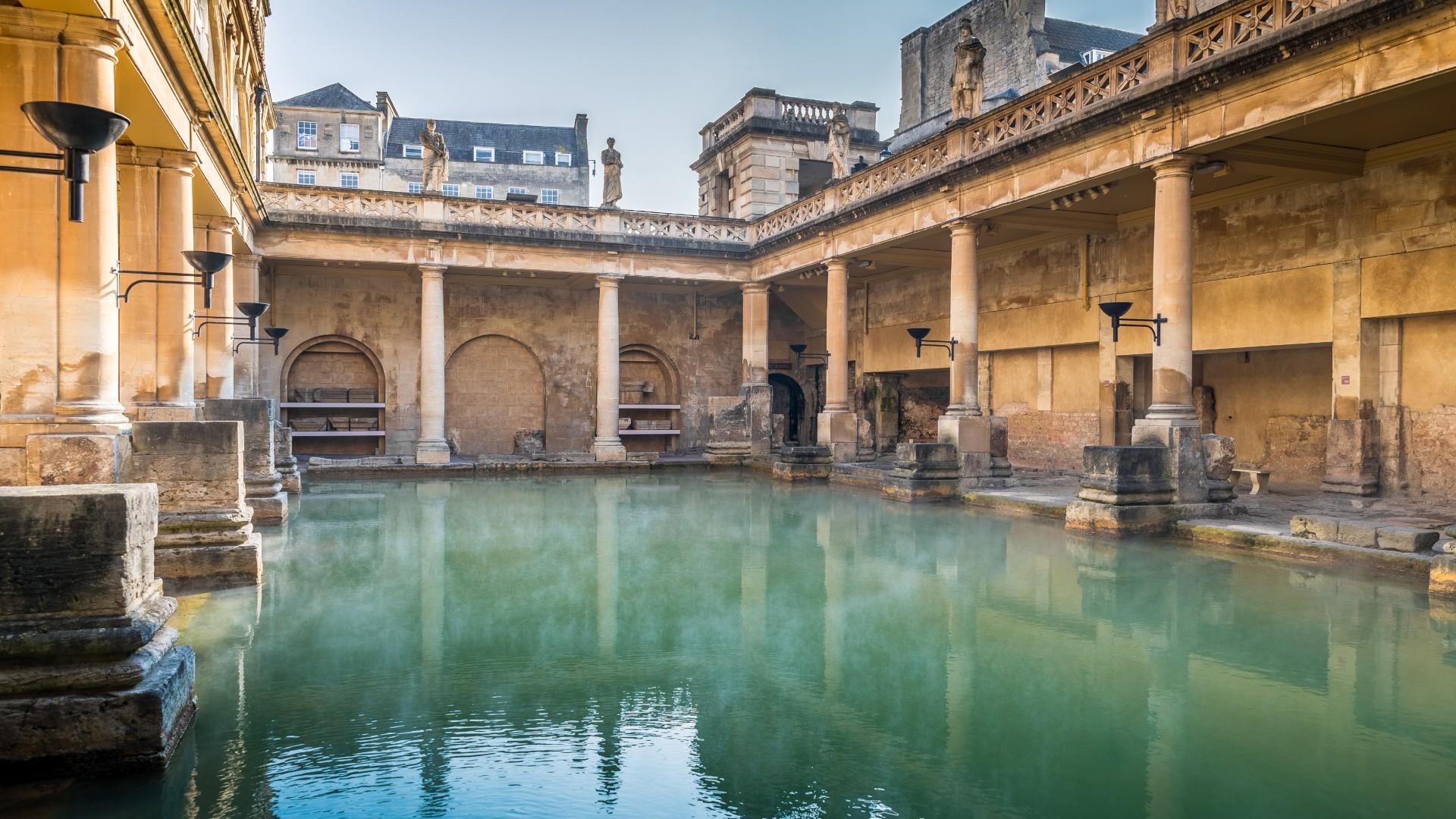Search & Plan Your Trip
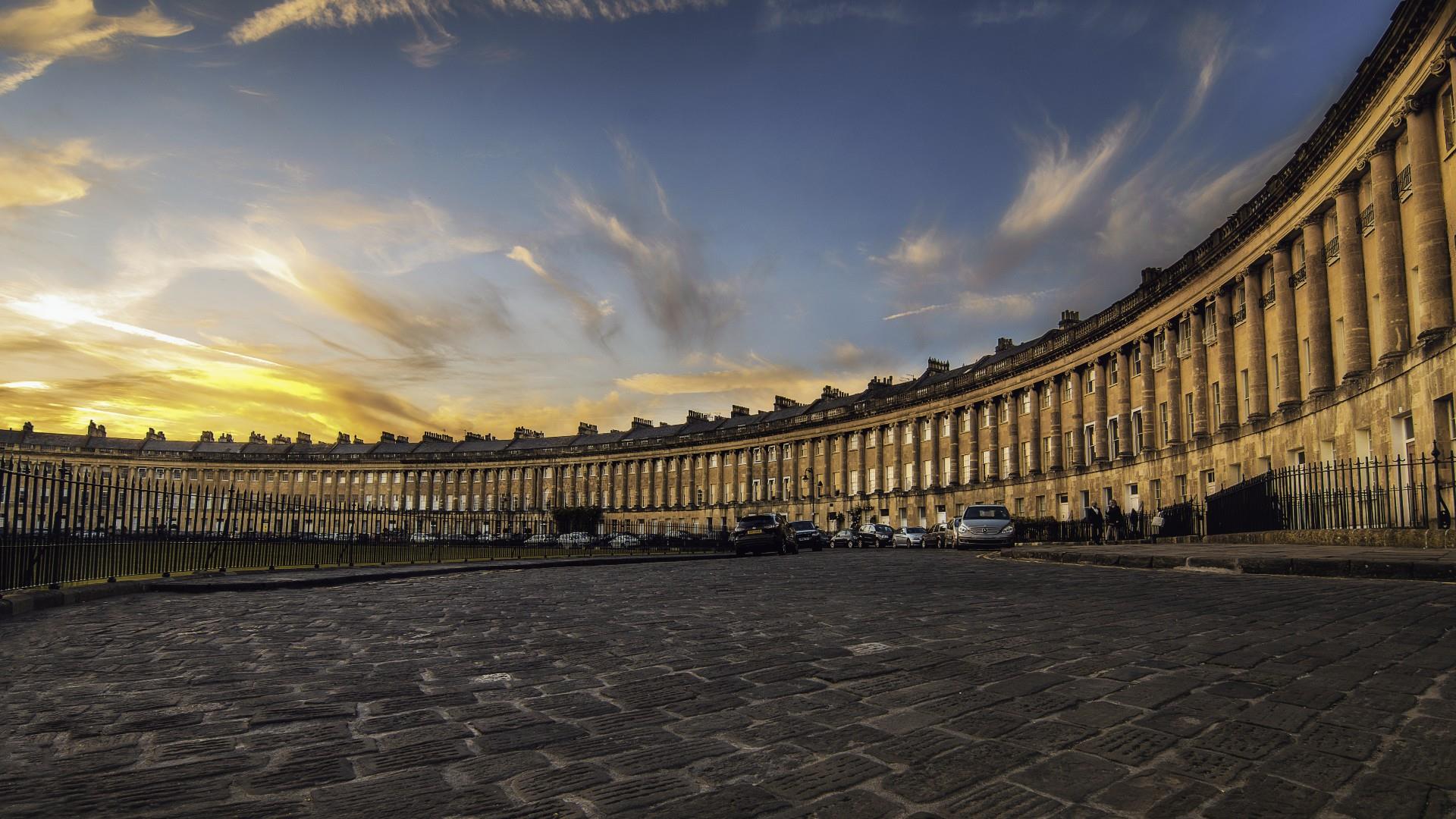 Royal Crescent CREDIT Lloyd Evans Photography
Royal Crescent CREDIT Lloyd Evans Photography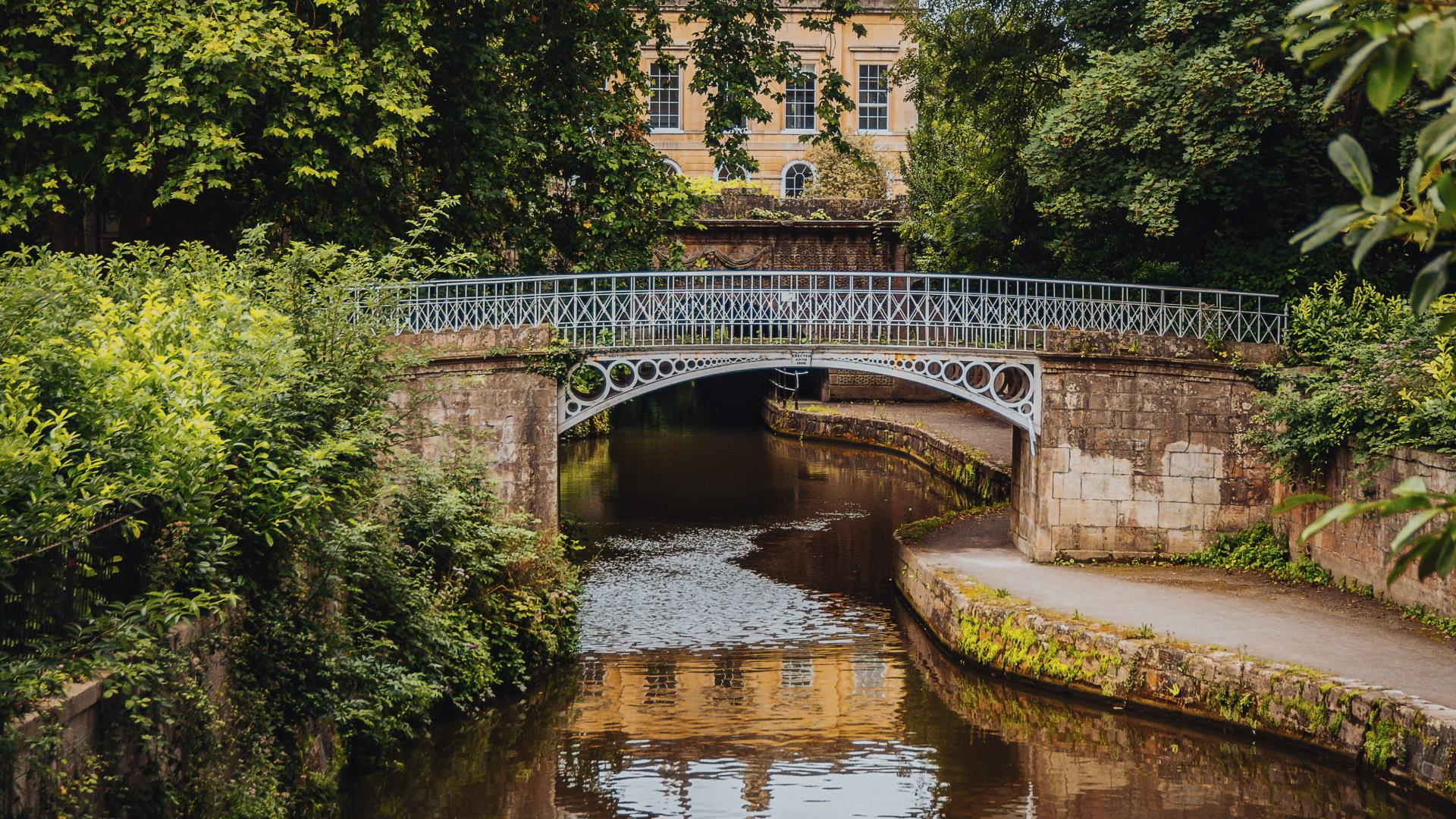 Sydney Gardens, credit Lloyd Evans Photography
Sydney Gardens, credit Lloyd Evans Photography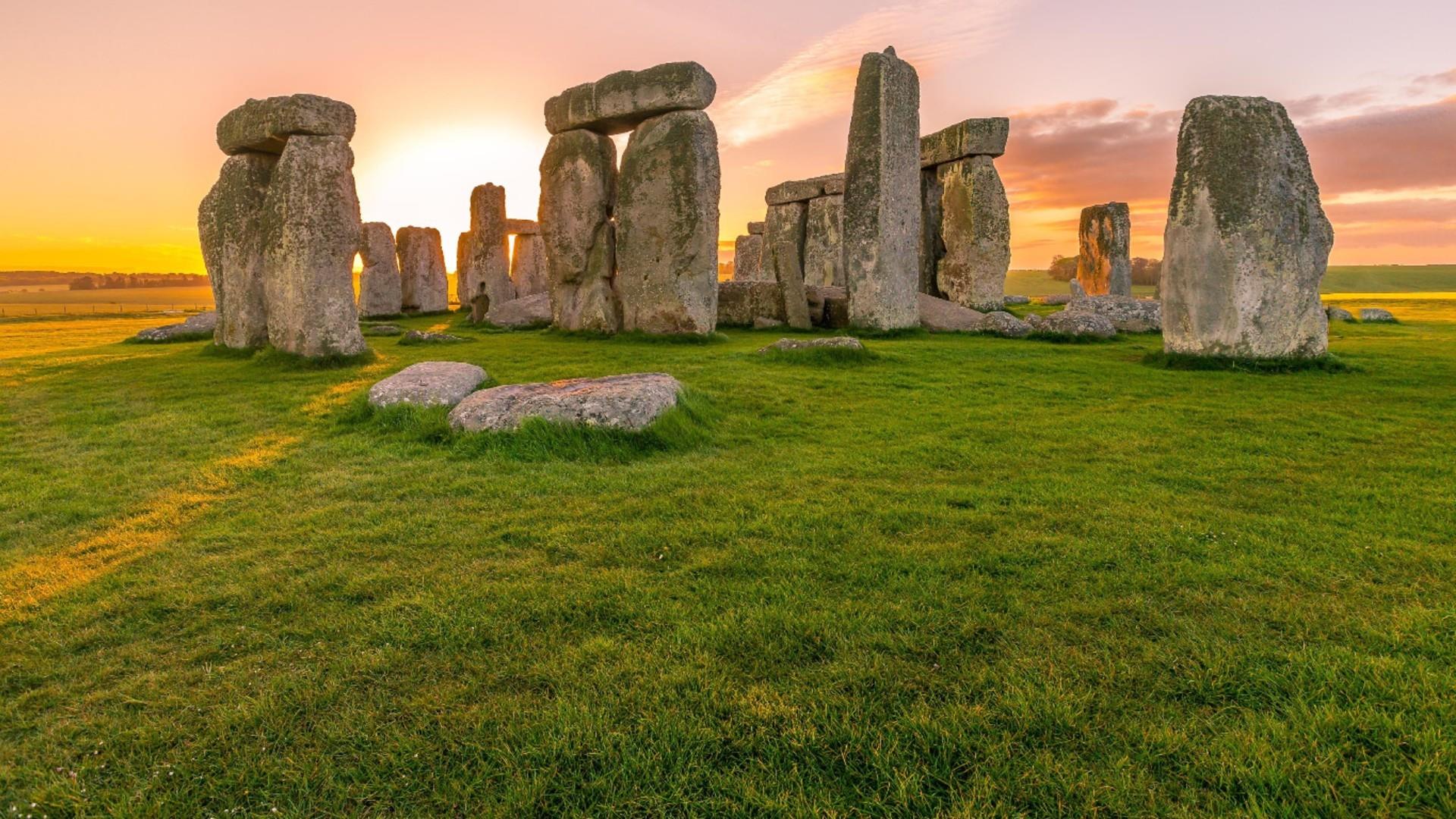 Stonehenge
Stonehenge
-
Stay
-
What's On
-
Things to Do
-
Food & Drink
-
Shopping
From spectacular Georgian crescents to immaculate gardens, explore ten of the most stunning sights in Bath.
Refine By
Number of results: 38
, currently showing 31 to 38.
Corsham
A stately home and art gallery with stunning gardens.
Facilities
Establishment Features
- Dogs-Accepted - In Garden
Facilities
Accessibility
- All Areas Accessible to Disabled Visitors
- Parking Areas for Disabled Visitors
- Toilets for Disabled Visitors
Facilities
Specialist Features
- Marketed towards families
Facilities
Parking & Transport
- Parking (free)
- Parking On Site
Radstock
An award-winning museum that transports you back to the Victorian industrial age; a time when Somerset had 75 coal mines with the associated communities and supporting industries.
Facilities
Accessibility
- Accessible to Wheelchair Users
- All Areas Accessible to Disabled Visitors
- Facilities for Disabled Visitors
- Parking Areas for Disabled Visitors
- Toilets for Disabled Visitors
Facilities
Key Features
- Families
Children & Infants
- Accept children all ages
Specialist Features
- Family Fun
- Marketed towards children
- Marketed towards families
Facilities
Parking & Transport
- Parking (free)
Address
12 Old Orchard Street, Bath, BA1 1JUTelephone
+44 (0)1225 462233Bath
The Old Theatre Royal is an anonymous building in a quiet cobbled backstreet in the city of Bath, with a unique 265 year history.
Facilities
Accessibility
- Accessible to Wheelchair Users - Most of the building is accessible, apart from the stage, chapel and library.
- Toilets for Disabled Visitors - One accessible toilet.
Facilities
Specialist Features
- Marketed towards families
Address
Royal Crescent, Bath, BA1 2LSBath
One of Bath's most iconic architectural landmarks.
Address
Theatre Royal Bath, Saw Close, Bath, BA1 1ETTelephone
+44 (0)1225 448844Bath
Bath's historic, beautifully renovated, traditional theatre.
Facilities
Accessibility
- Accessible to Wheelchair Users
- All Areas Accessible to Disabled Visitors - There is now a platform lift taking patrons from the foyer to the Stalls and Royal Circle levels.
- Facilities for Disabled Visitors
- Facilities for Hearing Impaired Visitors
- Facilities for Visually Impaired Visitors
- Parking Areas for Disabled Visitors
- Toilets for Disabled Visitors
Facilities
Children & Infants
- Facilities for children
Specialist Features
- Family Fun
- Marketed towards children
- Marketed towards families
Address
West Harptree, Bristol, BS40 6HNTelephone
+44 (0)117 9536470Bristol
Chew Valley Lake lies in the heart of the Chew Valley, and is a haven for wildlife, providing great opportunity for walking, birdwatching and fishing.
Facilities
Establishment Features
- Dog Friendly
Facilities
Parking & Transport
- Car parking
Address
Marlborough Lane, Bath, BA1 2NQTelephone
+44 (0) 1225394041Bath
Discover park life, Bath style.
Facilities
Establishment Features
- Dog Friendly
- Dogs-Accepted
Facilities
Accessibility
- Accessible to Wheelchair Users - Inclusive play unit specially designed for children using wheelchairs.
Facilities
Parking & Transport
- Parking On Site



